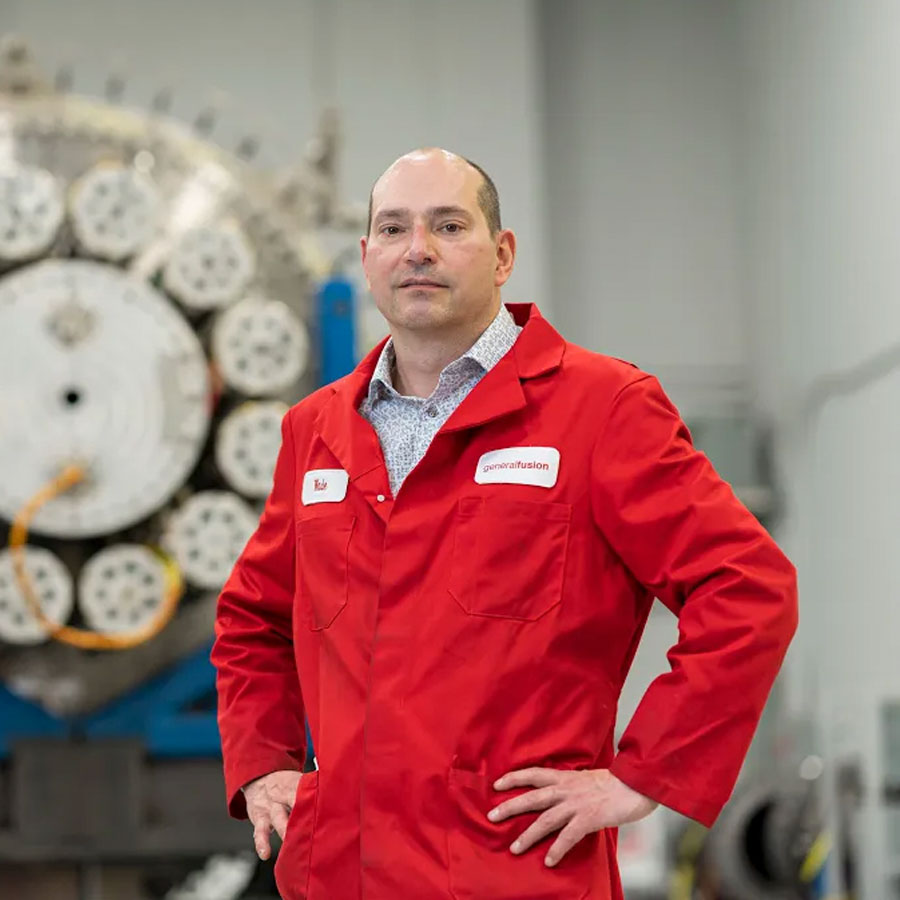By Michael Delage – VP Technology and Corporate Strategy
Renewables are on a tremendous roll. Global clean energy investment hit another record in 2015, showing that renewables are in demand even in the face of falling oil and gas prices. China, working hard to deal with its air pollution problems, led the way by far. This growth looks set to continue, becoming a critical contributor to reducing carbon emissions. Yet despite the still relatively low penetration of renewables in the energy mix (2.8% of global energy consumption), there are some jurisdictions where renewables are running into constraints.
These constraints are increasingly the topic of conversation in the clean energy sector. At the recent World Energy Innovation Forum (WEIF), Lyndon Rive of SolarCity noted how Hawaii, a state where solar PV has a strong economic proposition (high energy costs, good solar conditions), has been forced to slow the deployment of rooftop solar systems even though they provide less than 20% of total electricity demand. The reasons for this are varied, from grid issues, to overcapacity in some areas at peak solar generation.
What does it mean? At WEIF, Arun Majumdar (former Director of ARPA-E) summed it up succinctly: “regarding climate change, if you think we have all the technologies that we need, you’re wrong.”
Discussion is turning to the wave of innovations that will be necessary to reach the ultimate goal of a zero emission energy system, in areas like the smart grid, storage, and clean, dispatchable generation technologies. To complement intermittent renewables, we need alternatives to natural gas turbines. For those in the clean energy industry this issue isn’t new; there are companies that have been working in these areas for a while now. But the rapid growth in renewables is making it clear just how urgently we need to advance these solutions. The last thing we want to do is slow down deployment.
It is in this context that we are increasingly hearing fusion proposed as a real solution, not a distant dream. This month, Thomson Reuters released a report, “Powering the Planet“, that predicts the dominant energy sources in the next three decades will be hydro, solar PV, and fusion.
We have a lot of work ahead of us to make that a reality; to research, to innovate, and to develop and deploy solutions. But fusion energy has momentum, as the broader world gets on with the job of decarbonizing energy. As renewables hit their stride, the challenge of closing the gap to zero emissions is becoming top of mind, and it is a new wave of clean energy innovations that will make the difference in realizing a post-carbon world.
Some Data
Global clean energy investment in 2015 totaled $328.9 billion, including a record $110 billion in China. This includes the addition of 64 GW of wind and 57 GW of solar PV.
Renewables have grown from meeting 0.8% of total energy consumption in 2005 to 2.8% in 2015. Renewables now account for 6.7% of global power generation.
Image above: Ernest Moniz, US Secretary of Energy, speaks to attendees at the public/private innovation breakfast on June 1, 2016. Image Credit: Mission Innovation

